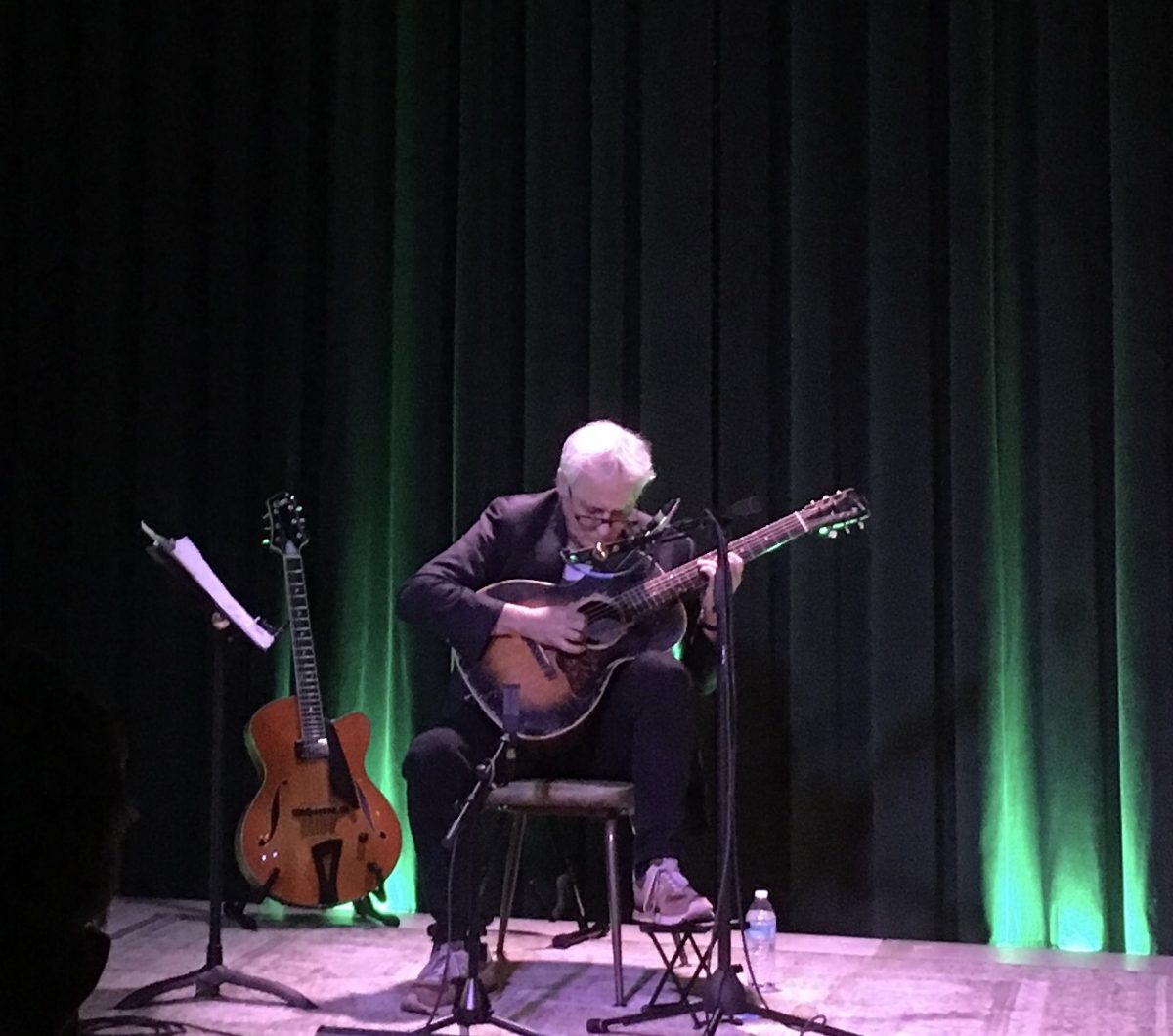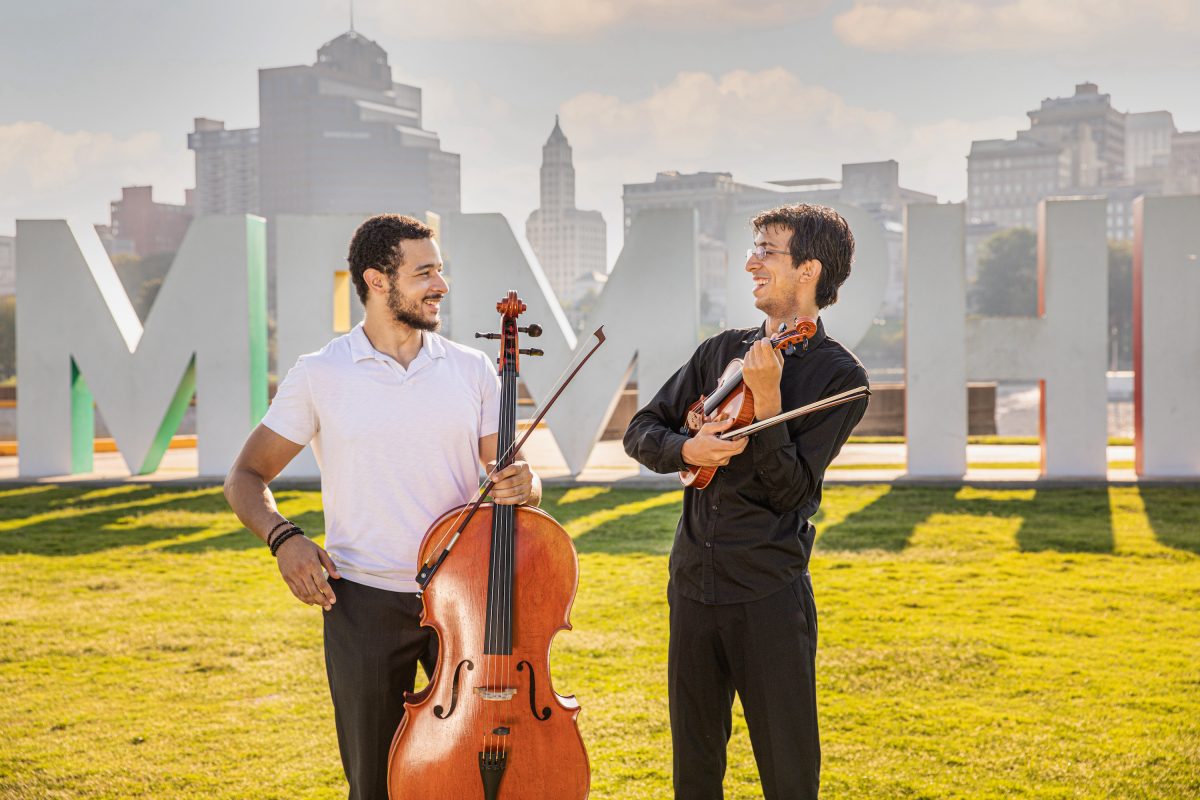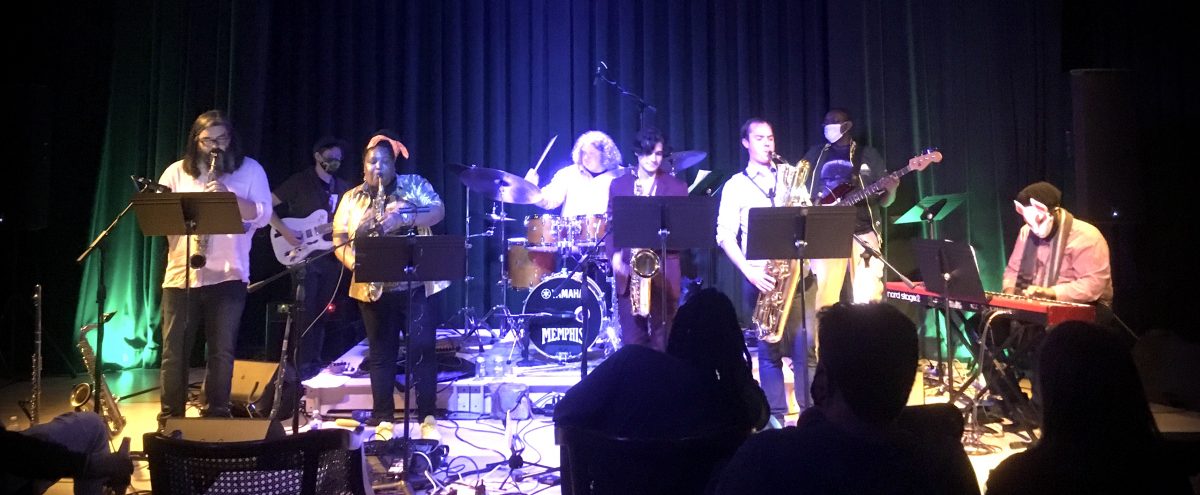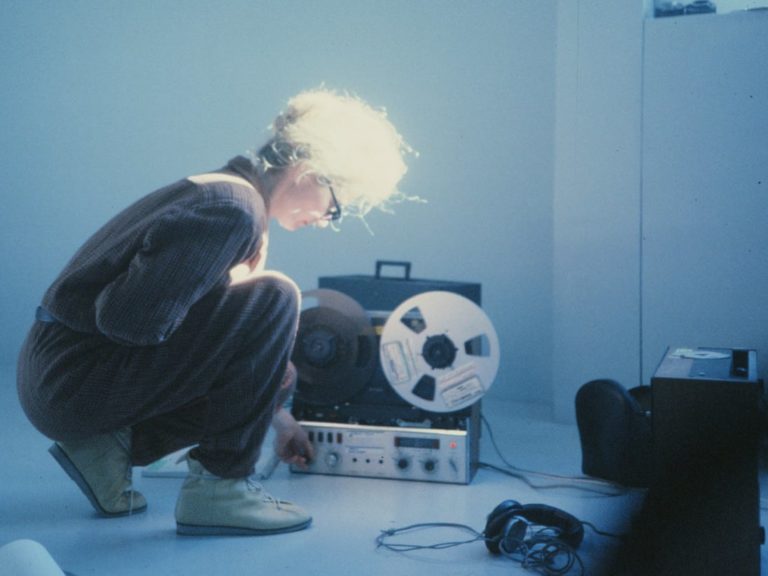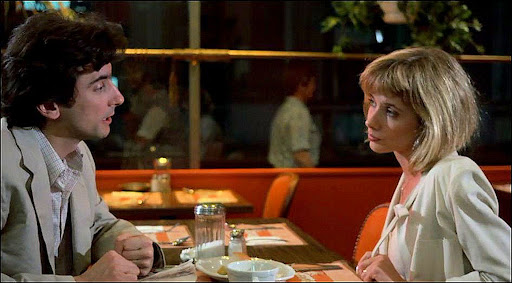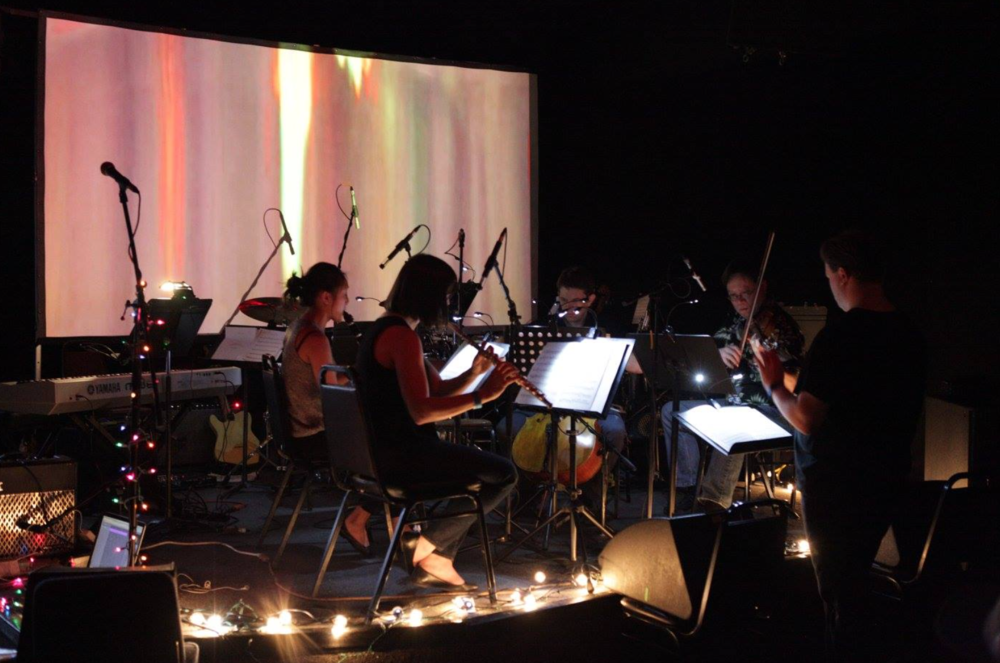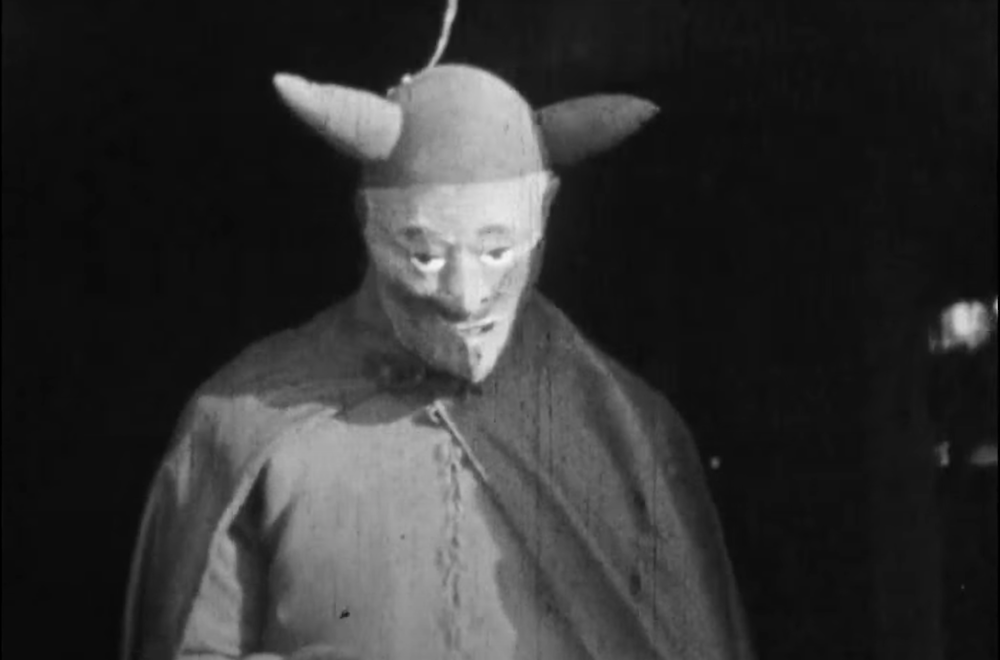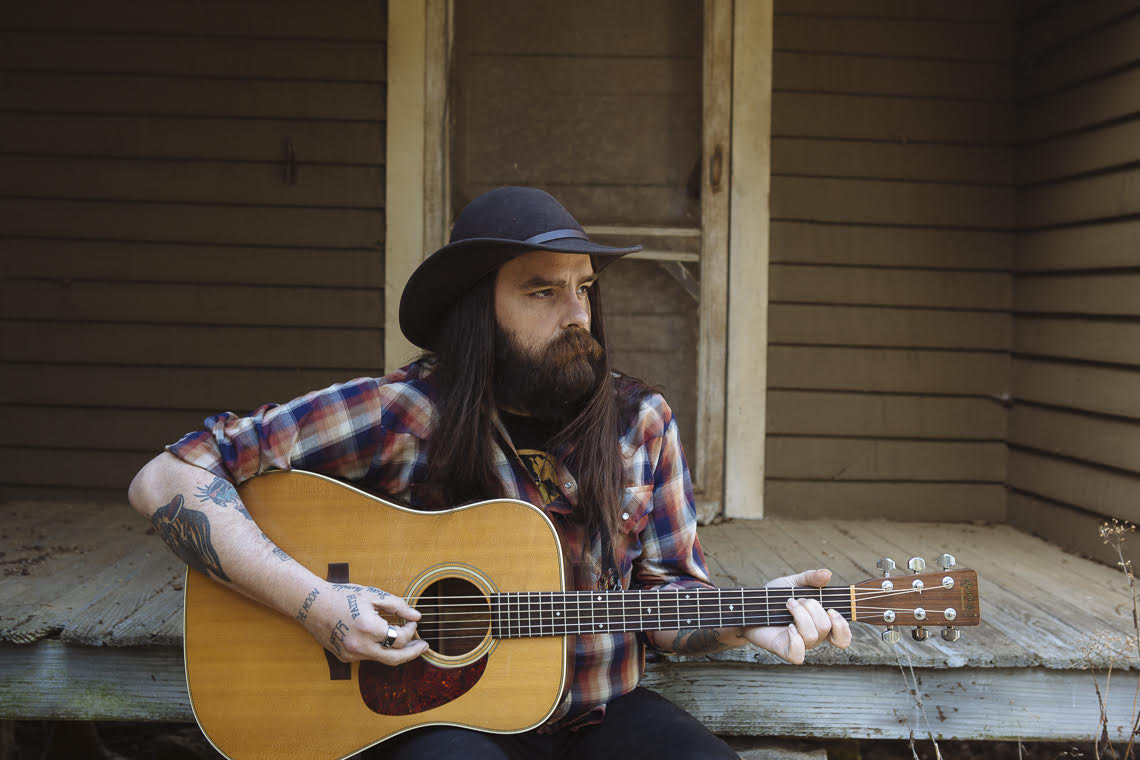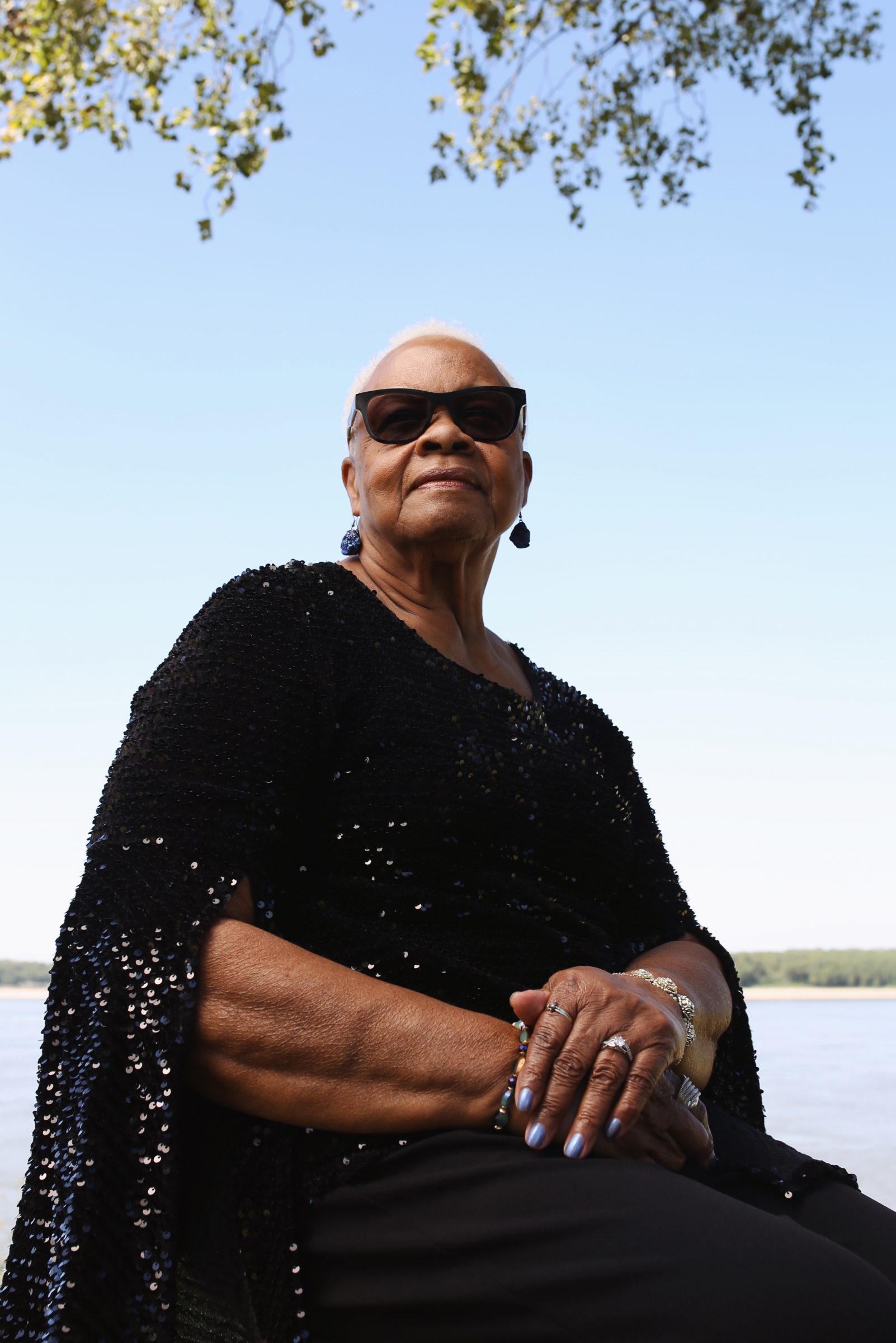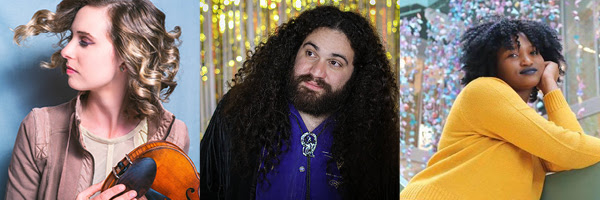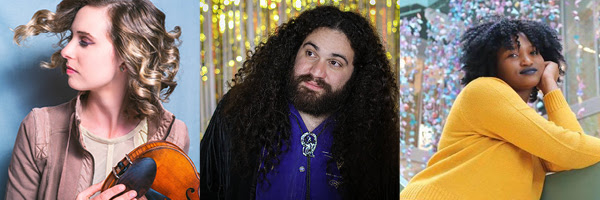Memphis is known for its sound, but which sound you consider that to be is all over the map. There are the historic sounds of Sun and Stax. There are the many variations of the trap sound that rose to world popularity this century, Young Dolph being exhibit A. Then there are the punk sounds, from the Oblivions through Jay Reatard and beyond, making their mark. But then there are the songwriters, who often combine more intricate lyrics with a full-throttle band’s wallop. Of the latter genre, Todd Snider is a prime example.
Snider is not a Memphis native and has been based in Nashville for many years, but living in the Bluff City in the ’90s marked him in ways that he carries to this day. “I’ve got a ton of friends down there,” he says. “What you call ‘cutting your teeth,’ I cut mine at the Daily Planet. And all around, all up and down Highland. Keith Sykes got me my first record contract. He was like a life coach at that time. Not only did he help me with making songs and melodies, he taught me about time, tempo.”
Memphis, it turned out, introduced young Snider to the mysteries of rhythm and groove, after he moved here from Austin. “I came to Memphis from Texas, where it was all about lyrics,” Snider recalls. “Keith and others showed me how to have the Booker T. sound as a benchmark: bass and drums and playing in time. I didn’t even know there was a way to play in time or out of time until I got to Memphis. The whole town is in the pocket.”
All those lessons came out in force with the release of his last record, First Agnostic Church of Hope and Wonder (Aimless), which delves into funk more than any of his other works. “That was a fun project. I was using old Memphis records as models. The drummer Robbie Crowell and I would both listen to old beats and things. Soul and funk grooves. And I think we got away with it for the most part.”
Another aspect of the album was trying his hand at all the parts himself, except the drums. “I always wanted to make an album where I play all the instruments. And since there was a pandemic, I had a good excuse. I couldn’t just call a better guitar player. And I got to play bass!” All told, he plays electric bass, acoustic guitar, electric guitar, banjo, and piano, and sang all the backing vocals. The end result is not unlike the arrangements of songwriters like early Beck or Ani DiFranco, but it bears Snider’s own distinctive lyrical stamp. His trademark wit and the teeth of his most politically charged work is still there in full force.
Alongside songs like the funky, spoken/sung environmental wake up call, “That Great Pacific Garbage Patch,” there are more quiet moments, like the piano ballad honoring John Prine, “Handsome John,” or the wistful “Sail On, My Friend.” Others revel in off-the-cuff lyrical riffs, as in “Stoner Yodel Number One,” or a sardonic preacherly prayer to God, the funky closer “The Resignation vs. The Comeback Special.”
“When I started, I only had the song ‘Sail On’ and one about John Prine. And the rest, I just had to come up with stuff. So I just made up the last two songs quickly. The last song’s my favorite, and I don’t think I would have been able to come up with that unless I felt I was doing a concept album or something. [laughs] I always compare it to when WASP did a concept record. Or like when Kiss did The Elder [laughs].” Snider even has a name for the recurring preacher character. “We call him Willy B. Wasted.”
This week, Snider will appear at the Crosstown Theater. “I’m gonna play five or six songs. I used to have this band called the Nervous Wrecks, and two of those guys still live in Memphis. And Will Kimbrough, who was also in the band, is coming to open the show. So we’re going to work up eight or nine songs as a full band, and then we’ll wing the encore. We had so much fun with the Nervous Wrecks. I miss it sometimes. Lots of times. I still really, really enjoy this job.”
Todd Snider plays the Crosstown Theater on Friday, February 4, and Saturday, February 5, at 7:30 p.m. Tickets start at $38. Visit crosstownarts.org for details.

